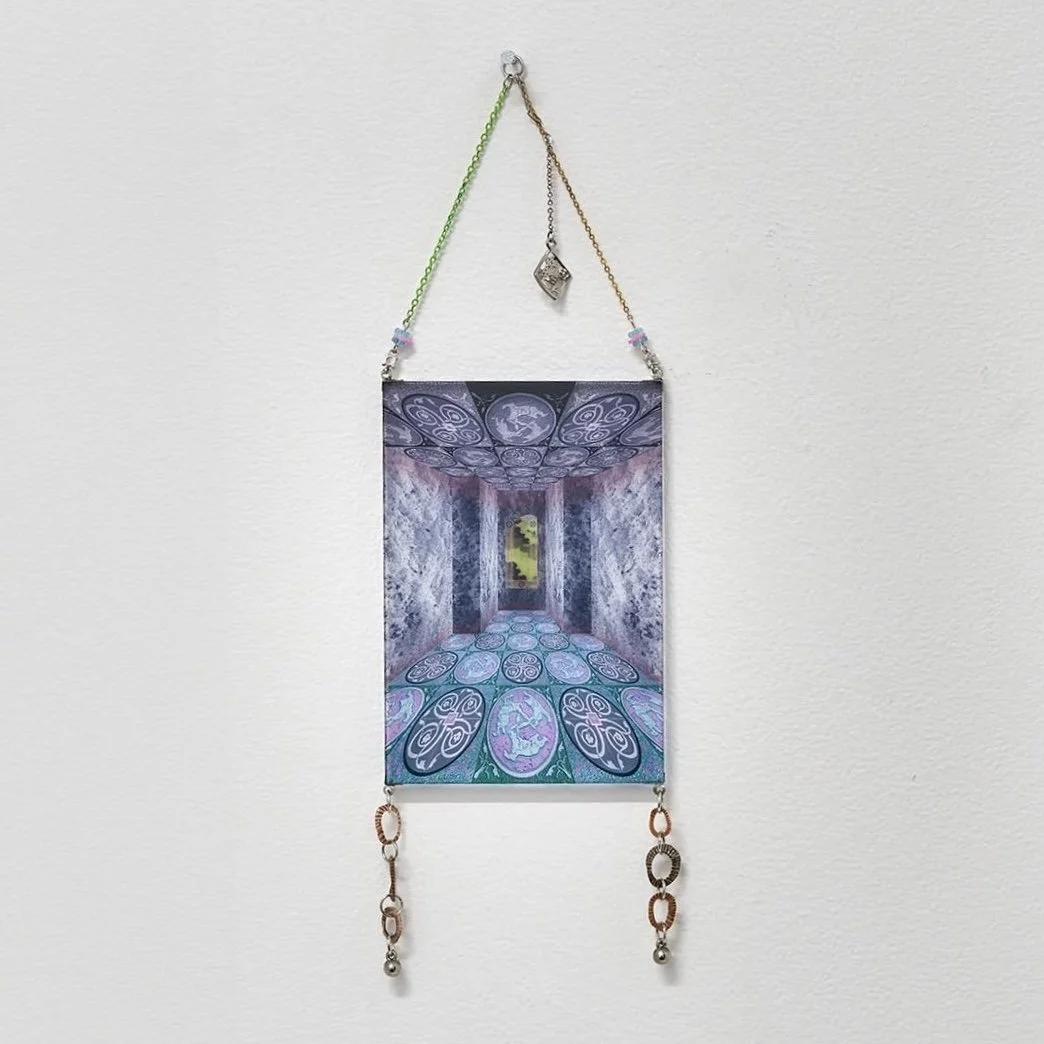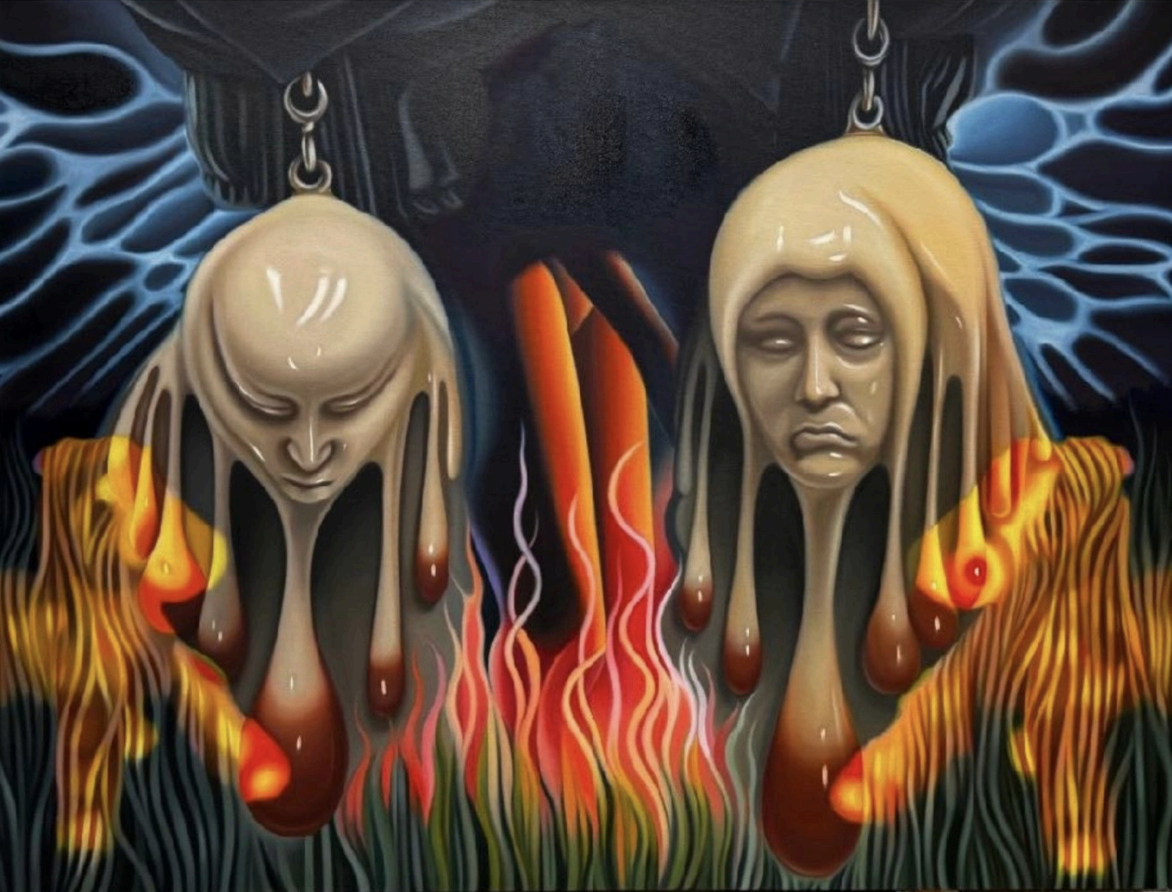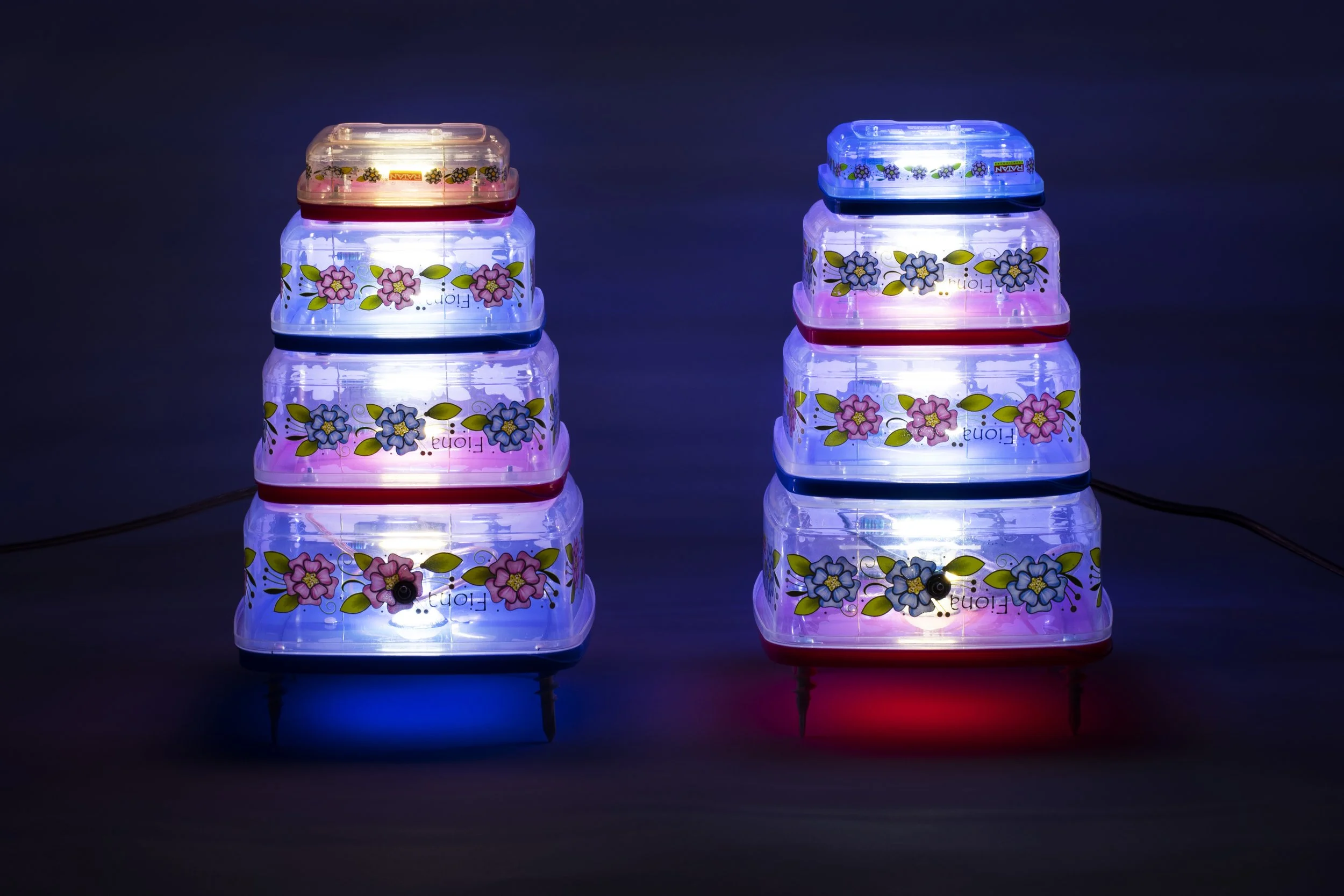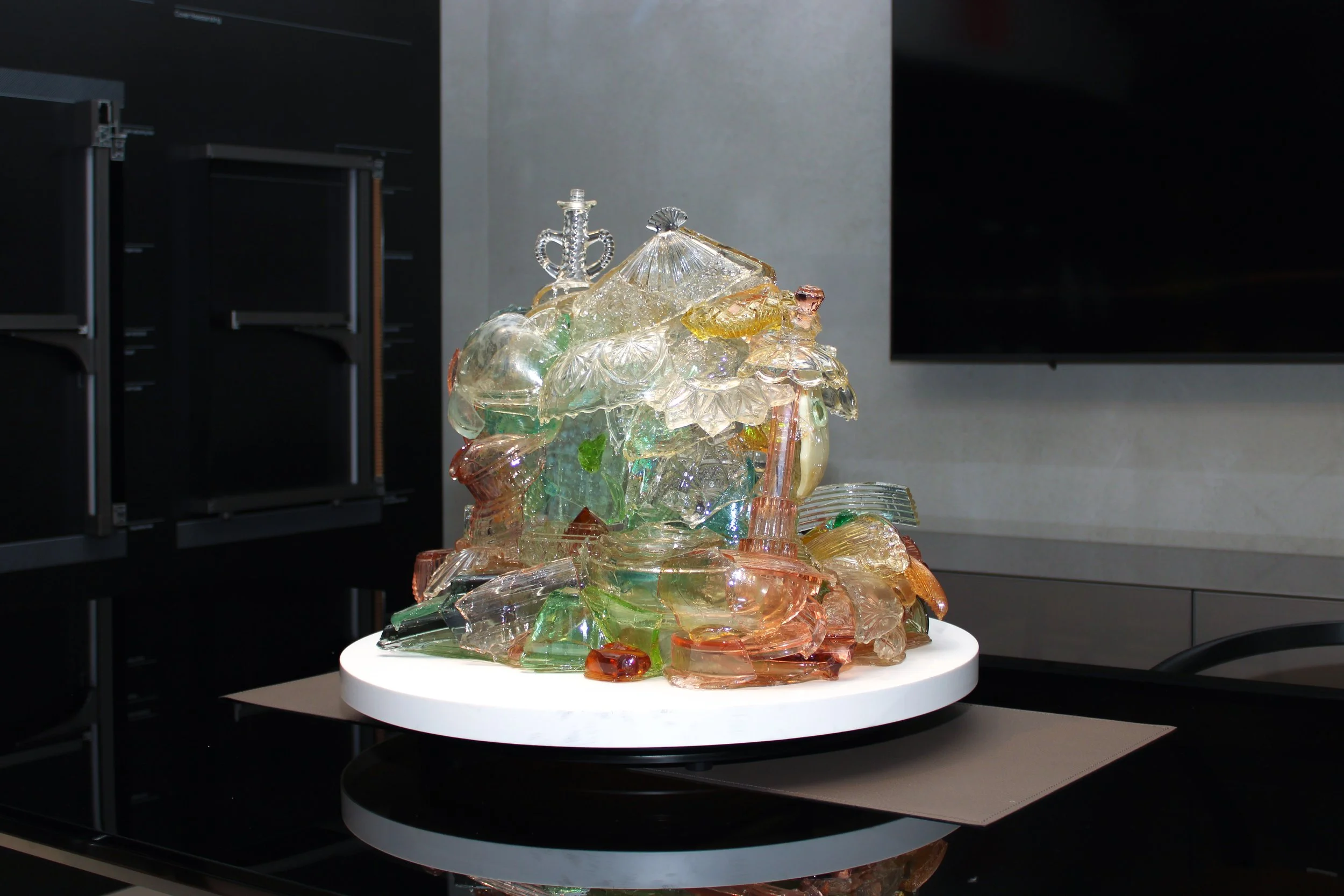Standout Booths at SPLIT LEVEL
SPLIT LEVEL is the freshest art fair, debuting in partnership with Rimadesio NYC, a design store with an ethos rooted in collaboration. Jaqueline Cedar, an artist and founder of Good Naked Gallery, founded the fair after realizing the potential of the space and her network to merge. Cedar expressed her joy working with Rimadesio and their energy to experiment. Lighting up, Cedar said, “It’s so exciting to think about how you can live with art in a playful way and just really imagine how it can exist in your home.” I found myself agreeing as I peered around, art perched between exquisite bookshelves and armchairs with lush upholstery. At a moment when the upper echelons of the art market are contracting sharply, Cedar and the sixteen galleries/curators on view are not retreating. In dialogue with ventures like Felix and Esther, SPLIT LEVEL presses forward with imagination and grit, precisely at a time when conventional structures are showing their limits.
Chozick Family Art Gallery: Gitte Maria Möller
Walking into SPLIT LEVEL, the gaze is quickly pulled towards Gitte Maria Möller’s hanging mixed-media “charms,” glittering and irresistible to anyone with a penchant for sparkle. Her work engages the pop ephemera of millennial culture, evoking the urge to collect Polly Pockets or trade friendship bracelets. In Untitled (Charm) (2024), a corridor tiled with rosettes and medallions invokes Medieval and Early Renaissance geometry while mimicking the labyrinths of contemporary digital space. The result feels distinctly millennial: ancient spiritual practices filtered through pop nostalgia and the aesthetics of New Age consumption, producing a spirituality both enticing and precarious.
Blah Blah Gallery: Carrie R and Madeline Brice
Rooted in line, Carrie R’s work emphasizes the gesture of crawling, sprawling, and perching, each imbued with a subtle menace. Less about anatomy and slipping into expression, her works tackle suspension mid-movement. Her forms arch upwards on elongated “legs” tapering into pointed digits. Their matte, rough surface heightens an insectoid presence, inviting the viewer to imagine their monstrous or animalistic roots. Vibrant colors ground her sculptures in a contemporary register, while their forms draw from a lineage of posthumanist practices that embrace the abject and recast the body as hybrid and unstable.
In contrast, Madeline Brice’s oil paintings lean into the surreal. all fucked up body-wise (2024) depicts a figure in a seductive leather jacket, breasts bared, their skin an otherworldly blue with supple red nipples. The figure’s energy is dominatrix-like, on the precipice of violence. It’s giving Kill Bill in the best ways. In bye bye grief i’ve found the perfect playmate (2024), Brice renders two severed heads; their melting flesh dripping. Dangling above grass lit up by flames in the distance, the heads are the unexpected keychains of a devilish figure we can’t quite make out, or the playthings of desire, or more like the Fates.
Alex Stoller: Chris Beeston
Chris Beeston’s work incorporates found, mass-produced vintage objects paired with light or video. Several sculptures stack Tupperware into geometric towers, pierced by beams of light that illuminate the floral decals on their plastic surfaces. The primary-colored lids in red and blue heighten the architectural quality of each form, while also harking back to the Fisher-Price Rock-a-Stack toy. The stacking effect elicits corporate angst of Sterling Cooper’s 23rd-floor offices in Mad Men and the ever-hopeful American man’s quest to rise to the top. Beeston resists overworking his materials; instead, each one confidently interrupts our acceptance of capitalism in everyday life. Inverting the Tupperware becomes another clever riddle—a literal toppling of our perceptions.
Kelly-McKenna Gallery: Resurrect Studio
Resurrect Studio, the collaborative duo of Jean Davis and Nancy Wu, started making works together during the COVID-19 pandemic. Salvaging antique glass remnants from Dead Horse Bay, New York City’s landfill active from the early 1900s through the mid-1950s, the artists recompose the fragments into luminous sculptures. “It’s all New York City’s garbage,” the artists note. Ariel Landing (2024) feels tropical and lush with the opulent unease of the TV show White Lotus. Shards layer to create a little inlet, creating a landing with the promise of beach vibes yet shrouded with the energy of something more chaotic. The works traverse between ruin and fantasy and archaeology and ornament, embodying the tension of consumerism and its effects on the environment. Waste never truly disappears, and Resurrect Studio transforms it into something unsettling and wondrous.





